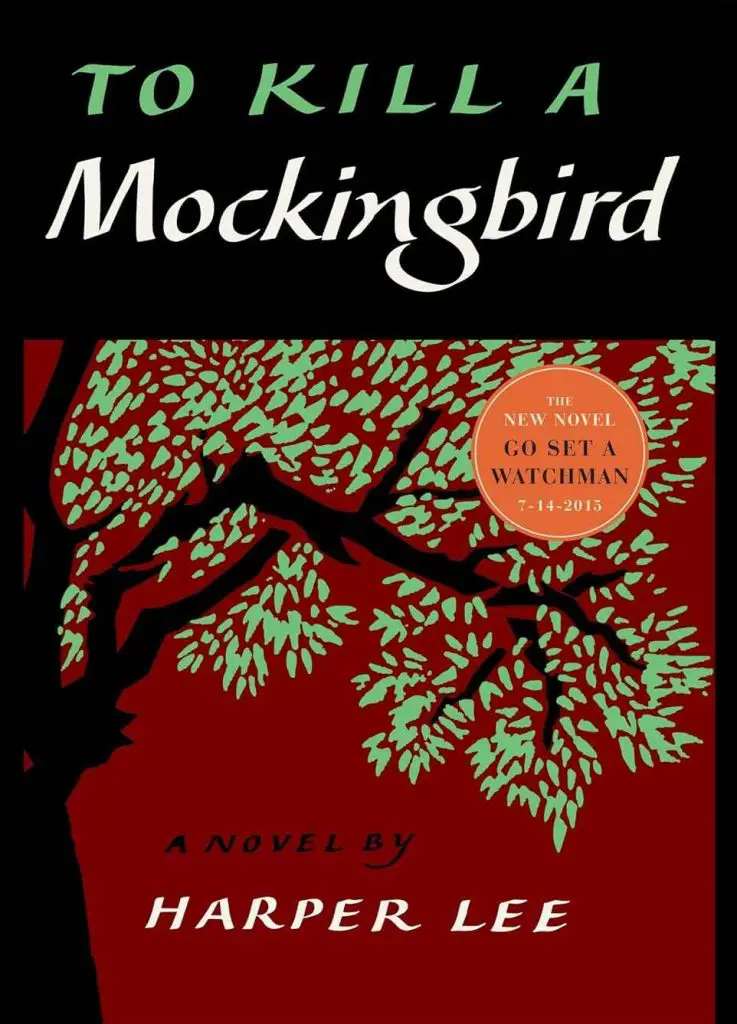In the world of literature, few works have captivated audiences and sparked discussions as Harper Lee’s timeless masterpiece, “To Kill a Mockingbird.” But even though lots of people love it, there’s still a question that keeps popping up: Did this story actually happen in real life?

Let’s unravel the mysteries shrouding the genesis of “To Kill a Mockingbird” to discern whether this timeless masterpiece is rooted in reality or purely a product of creative imagination.
What Incident Was To Kill a Mockingbird Based on?
“To Kill a Mockingbird” is a classic novel written by Harper Lee, published in 1960. While it’s a work of fiction, it was inspired by real events and issues prevalent in the American South during the 1930s. Particularly, racial inequality and injustice served as significant influences.
The incident that serves as a focal point for the novel is based on the Scottsboro Boys case. In 1931, nine African American teenagers were falsely accused of raping two white women on a train in Alabama. The trial that followed was highly controversial and became a symbol of racial prejudice and discrimination in the legal system.
In “To Kill a Mockingbird,” this incident is mirrored in the trial of Tom Robinson, a black man falsely accused of raping a white woman, Mayella Ewell. Like the Scottsboro Boys, Tom faces a biased legal system and a prejudiced community that assumes his guilt solely because of his race.
Atticus Finch, the novel’s protagonist and a lawyer, defends Tom Robinson despite knowing the odds are stacked against him. Through Atticus’s defense and the trial scenes, Harper Lee highlights the injustice and racism prevalent in society at the time.
The novel also explores themes of innocence and empathy through the character of Scout Finch, Atticus’s daughter, who narrates the story. Through her perspective, readers witness the harsh realities of racial prejudice while also learning about compassion and understanding.
Overall, “To Kill a Mockingbird” uses the Scottsboro Boys case as a backdrop to explore deep-seated issues of racism, injustice, and moral growth in a small Southern town during the 1930s. It continues to be a powerful and relevant novel that challenges readers to confront the complexities of society and human nature.
Is To Kill a Mockingbird a True Story?
Partly no, “To Kill a Mockingbird” by Harper Lee is a seminal work of fiction that draws inspiration from the author’s personal experiences and observations while growing up in the racially divided South during the 1930s. While the novel is not based on a true story, it is deeply rooted in the social and historical context of its time.
Harper Lee’s childhood in Monroeville, Alabama, provided the backdrop for the fictional town of Maycomb, where the story unfolds. Many of the characters and situations in the novel are influenced by Lee’s memories of her family, neighbors, and events that occurred near her hometown.
For instance, Atticus Finch, the principled lawyer defending Tom Robinson, and Jem Finch, Scout’s older brother, are both inspired by Lee’s father and older brother, respectively. Lee’s father, Amasa Coleman Lee, was a lawyer known for his sense of justice and moral integrity, traits that are reflected in the character of Atticus. Similarly, Lee’s older brother, Edwin Coleman Lee, likely served as a model for Jem’s character.
However, while the characters may have been inspired by real people in Lee’s life, the events of the novel are fictionalized. The trial of Tom Robinson, a black man accused of raping a white woman, and the ensuing racial tensions in Maycomb are not based on actual events but are instead crafted to explore themes of racism, injustice, and moral courage. Through the eyes of Scout Finch, the narrator, readers are introduced to the complexities of Southern society and the struggle for empathy and understanding in the face of prejudice.
Why Is It Called To Kill a Mockingbird?
“To Kill a Mockingbird” by Harper Lee is titled after a line from the novel in which Atticus Finch, a father and lawyer, tells his children that it is a sin to kill a mockingbird because they don’t harm anyone and only bring joy through their singing. The mockingbird symbolizes innocence and goodness.
So, when the title says “To Kill a Mockingbird,” it’s not just about birds; the title is like saying, ‘Why hurt something that’s not doing any harm?’ The author, Harper Lee, uses this idea to talk about bigger things, like how people can be unfairly treated or judged just because they’re different.
The central themes of the novel revolve around racial injustice, moral growth, and empathy. By focusing on the metaphorical significance of the mockingbird, the title underscores the novel’s exploration of the destruction of innocence and the importance of empathy and understanding in society.
Final Words
“To Kill a Mockingbird,” while the novel is deeply rooted in the social and historical context of the American South, it is ultimately a work of fiction. Harper Lee drew inspiration from her own experiences and observations, but the characters and events are not directly based on real individuals or incidents.
While the themes of racial injustice and moral integrity resonate with real-world struggles, the specific narrative of Scout, Atticus, and Boo Radley is a product of Lee’s imagination.
Discover the timeless tale of courage and compassion in “To Kill a Mockingbird.” Let Scout’s story captivate your heart.


